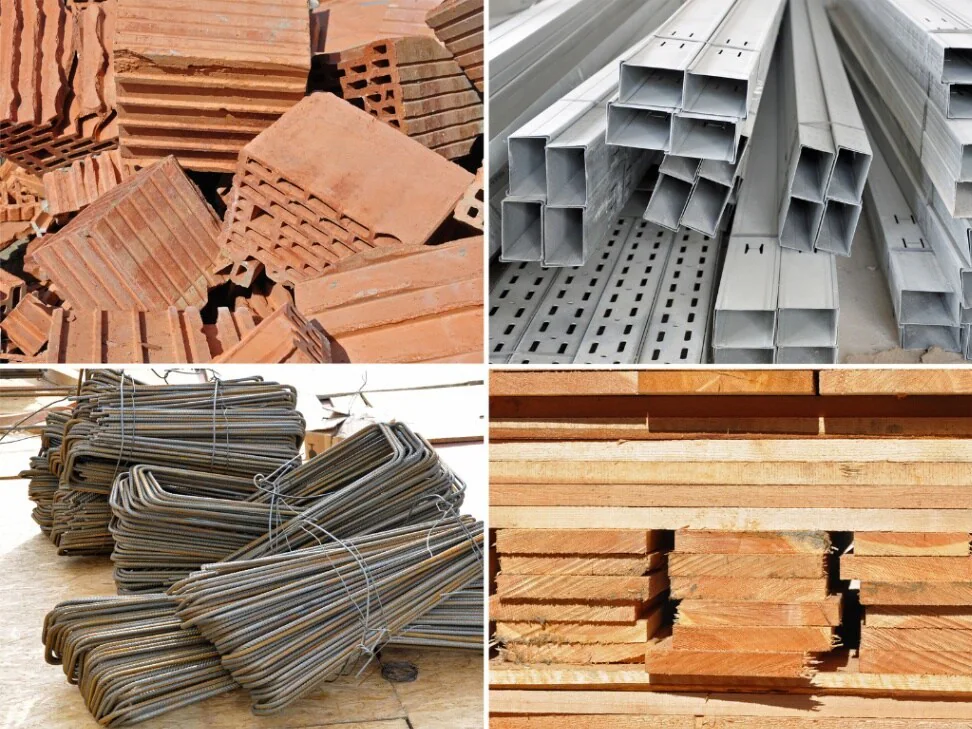Materials used for construction waterproofing have to be tough and easy to work with. They need to be chemical resistant and can accommodate building movement.
The membranes are able to be installed over or beneath the ground. These membranes can be either self-adhered or fixed to the ground and they are simple to work with.
Bituminous Membranes
They are offered as self-adhesive membranes or attached with a roofing adhesive which is compatible with concrete. These types of membranes usually have layers of felt which improve the strength and length of the deck of the roof. Felts help to lessen stress on the membrane from the lateral force. When installing these membranes, proper surface preparation is critical, as any imperfections will affect the performance and performance of the water-proofing process.
Bitumen polymer membranes offer outstanding tension resistance, as well as vapor permeability and durability. These membranes are often used in conjunction with protection course and insulation boards in order for a system which performs superior to either material on its own.
When installing these types of membranes, it is essential to be sure that the end laps are well-sealed and heat welded, and to avoid air gaps. Also, these kinds of membranes should only be installed on concrete with a low moisture content in order to avoid blistering. If blistering does happen, it is typically caused by a gradient of moisture between the top of the membrane and concrete.

Liquid Waterproofing Membrane
The membranes for waterproofing prevent infiltration of bulk water above grade and from below grade, which is caused by the force of hydrostatic. It protects the building against expensive damages, boosts its value for resales and enhances the comfort and safety for occupants.
Membranes for waterproofing with liquids can be applied in the form of a liquid that cures to create a physical protection against the elements. They are readily available in many forms, such as polyurethane and cementitious.
They are pliable and are tolerant of surface movement in cracks and surface movement. They also provide excellent durability against UV radiation, weathering and abrasion. They’re an ideal alternative for damp rooms as well as showers, that can be difficult to waterproof using sheet membranes, which require the use of overlapping components.
Cementitious Waterproofing Solutions
These are applied with a brush, a trowel or sprayed over and help protect concrete structures. These coatings are resistant to both positive and negative pressures of water. They are also able to keep mold and mildew from damaging the structure gia cat san lap. These are suitable in both below and above ground installations. They can also be used in systems that use potable water.
Once dried completely This type of waterproofing is made from the mixture of polymer and cement. The waterproofing material can be used on the roofs of walls and walls as well as a retention walls. They will withstand the ravages from heat aging, weathering and exposure to UV rays.
One of the main advantages in this form of waterproofing is the fact that it’s easy to apply and relatively affordable. Additionally, it is extremely durable as well as resistant to abrasions as well as chemicals. It’s suitable for commercial and residential uses. It is also easy to fix damaged if it happens, and it is ideal to use in areas with high humidity such as bathrooms.
Polyurethane Waterproofing
The polyurethane liquid membranes have many advantages, especially when seamless systems are required for structural or aesthetic reasons. The membranes are simple to put on and can be applied using a roller or trowel. They also boast excellent crack-bridging properties and high tensile.
They also have the ability to be extremely elastic and adjust to structural changes or temperature changes without cracking. They also help extend the life of their products. The solutions for waterproofing are impervious to chemical and abrasion.
Polyurethane waterproofing coatings can be applied to flooring made of wood or ceramic. The coatings are able to prevent dust accumulation while also maintaining brightness. They provide a pleasing aesthetic. They are also utilized in potable water tanks because they’re durable to corrosion and suitable for drinking water use. They are also able to be utilized as an underlay for wall waterproofing methods. Available in a variety of thicknesses, colours and sizes to fit different project specifications.
